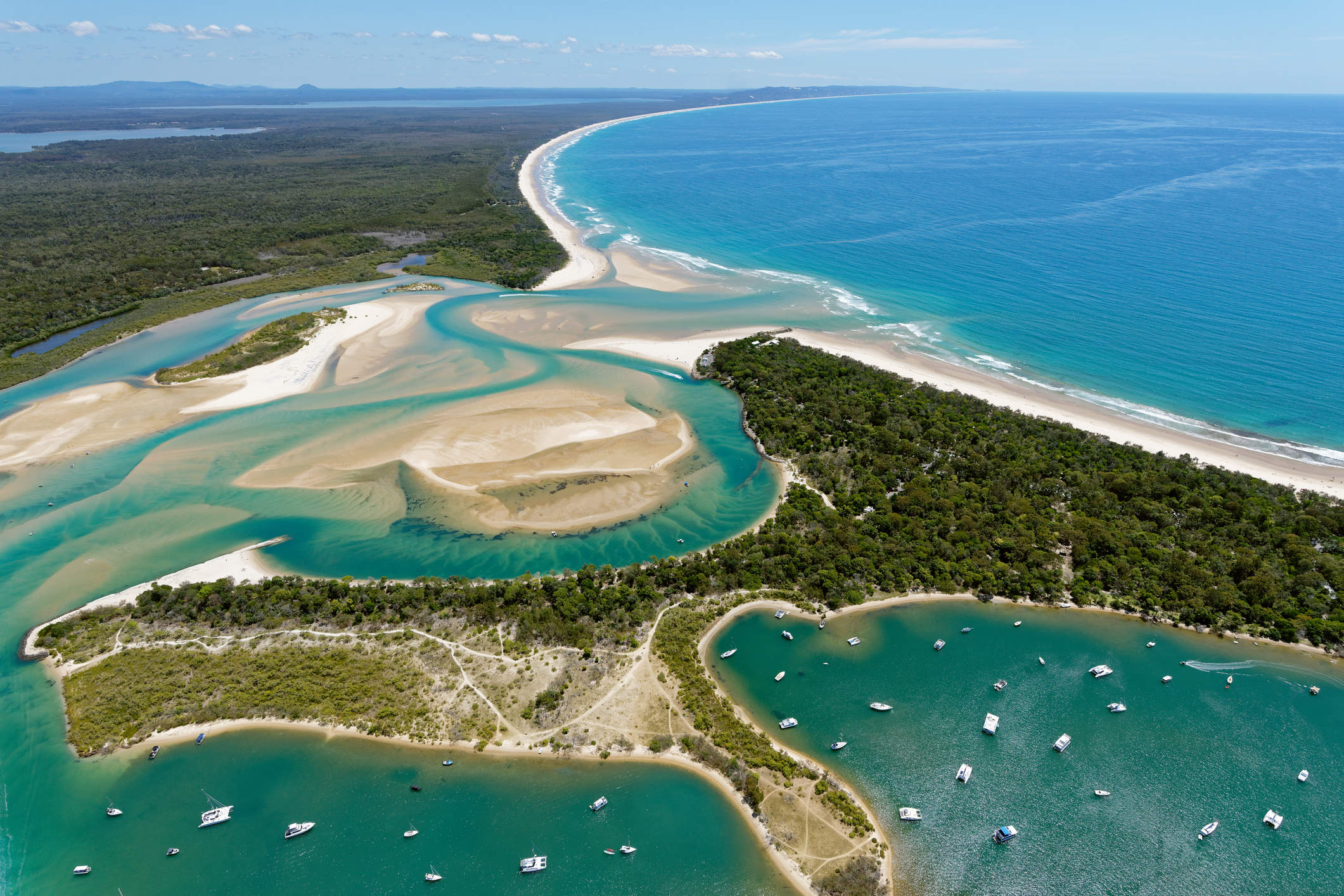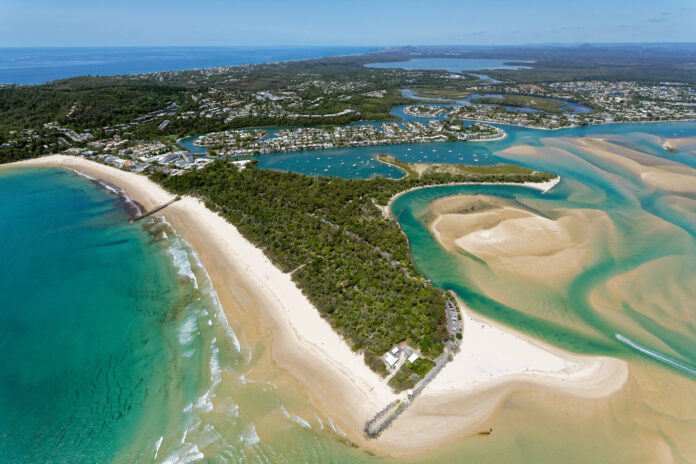The federal government has announced funding towards a multimillion-dollar coastline restoration project.
More than $3.658 million was allocated to the Noosa River Estuary Property and Life Protection Project, via round two of the Disaster Ready Fund (DRF) administered by the National Emergency Management Agency (NEMA).
It included $1.484 million from the Commonwealth and $2.174 million from Noosa Council.
It’s believed the funding is for work that has substantially progressed near the Noosa River mouth, which involved a sand nourishment project to reinforce the Noosa Spit.
Sand was pumped from designated collection zones to restore the degraded spit and realign the main channel.
Those works were expected to protect the dog beach on the spit and nearby Noosa Sound from storm swells.
The NEMA stated that a bolstered foreshore is crucial because it “acts as a primary defence for homes and businesses along the Noosa River estuary”.
Do you have an opinion to share? Submit a Letter to the Editor at Sunshine Coast News via news@sunshinecoastnews.com.au. You must include your name and suburb.
The eroded section was renourished with sand and two deep plugs were created to direct water away from the erosion-prone area.
“This will allow for extensive sand replenishment, consolidation, assisted re-vegetation and biodiversity,” the agency said.

Round two of the DRF is aimed at reducing disaster risk and building long-term resilience.
Federal Minister for Emergency Management Jenny McAllister and Queensland Minister for Disaster Recovery Nikki Boyd issued media releases that announced funding for dozens of projects nationwide.
Ms McAllister said the federal government was helping to prepare and protect Queensland communities.
“We know that our climate is changing and Australians can expect to experience more intense and more frequent natural disasters,” she said.
Meanwhile, Ms Boyd said Queensland was more susceptible to extreme weather events, compared to other states to extreme weather events.
“We know in Queensland it’s not if but when natural disasters occur,” she said.
“The 29 resilience-building DRF projects in Queensland are largely council led, jointly funded by the federal government and managed by the state government.
“They’re designed to reduce risk and improve disaster responses to future events.
“We’re talking about projects like seawall repairs, back-up generators, microgrids and heatwave reduction.
“It’s all about maintaining public safety.”





